‘Beethoven Frieze’ by Gustav Klimt
Description
Stephen Smith steps inside Vienna’s temple to Art Nouveau, the gold domed Secession Building, to wonder at Gustav Klimt’s dazzling Beethoven Frieze. Klimt’s 34-metre long masterpiece is on permanent display in the basement of the Secession, and famously celebrates Beethoven’s Ninth Symphony (‘Ode to Joy’) and mankind’s longing for happiness. In a story that combines scandal and revolution, cultural correspondent Stephen Smith explores how Vienna’s artists rebelled against the establishment in the late 19th century and brought their own highly-sexed version of Art Nouveau to the banks of the Danube. Looking at the eye-watering work of Gustav Klimt, Smith discovers that Viennese ‘Jugenstil’ was more than just a decorative delight, but saw artists struggle to bring social meaning to the new style. Revealing the design genius of Josef Hoffman, the graphic work of Koloman Moser and the emergence of the enfant terrible Egon Schiele, Smith unpacks the stories behind a style that burned brightly but briefly at the fin de siecle.
Classroom Ideas
This could be used to introduce a lesson on the Secession movement, in terms of architecture or painting. The work of the Secessionists could be compared to Arts and Crafts and Art Nouveau in Britain. In particular, comparisons could be drawn with the work of Charles Rennie Mackintosh, Margaret Macdonald Mackintosh and others. After analysing the Beethoven Frieze, students could apply a similar approach within the classroom by producing expressive drawings in response to a piece of music.
Areas of art and design
Now playing video 13 of 34
- 1:18

- 0:52

- 3 of 34
1:47
- 4 of 34
1:15
- 1:48
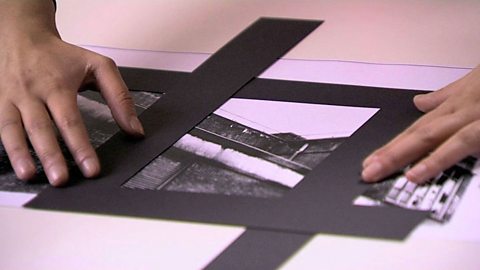
- 1:53
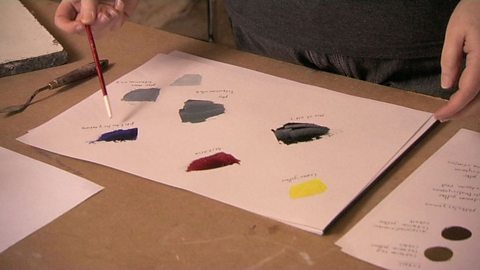
- 1:25
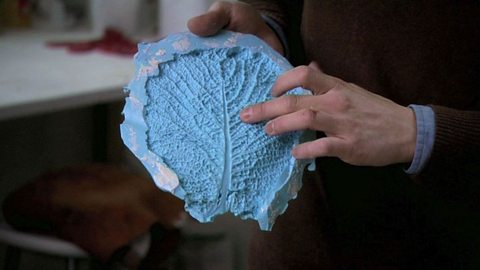
- 9 of 34
1:35
- 10 of 34
1:41
- 11 of 34
1:02
- 2:03

- Up next1:29
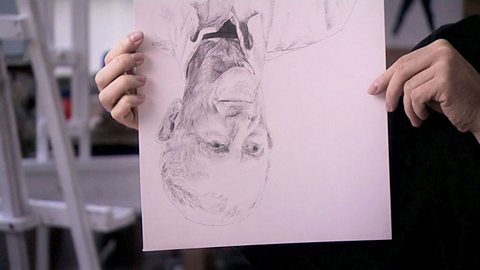
- 18 of 34
1:48
- 1:25

- 1:41

- 2:23
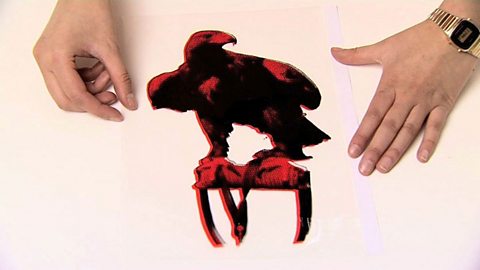
- 2:10

- 1:41

- 0:56
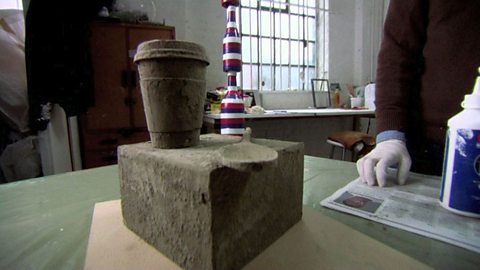
- 1:33
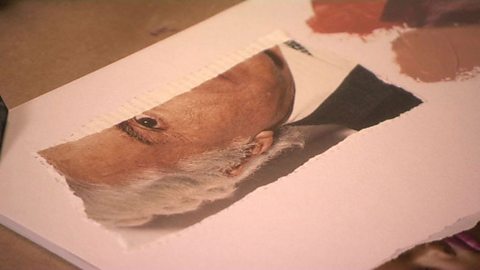
- 1:26

- 1:57

- 1:37
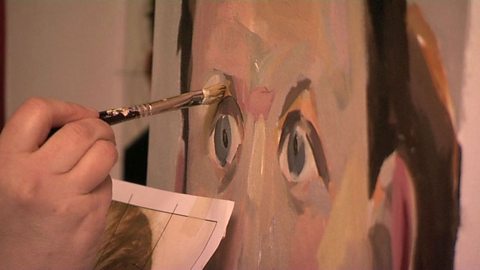
- 31 of 34
1:31
- 32 of 34
1:32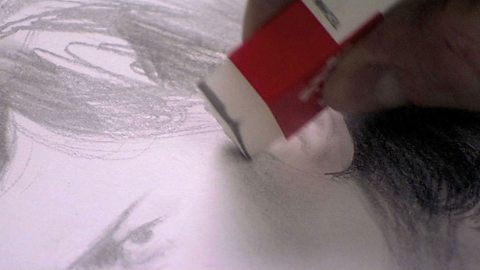
- 33 of 34
1:18
- 34 of 34
1:39